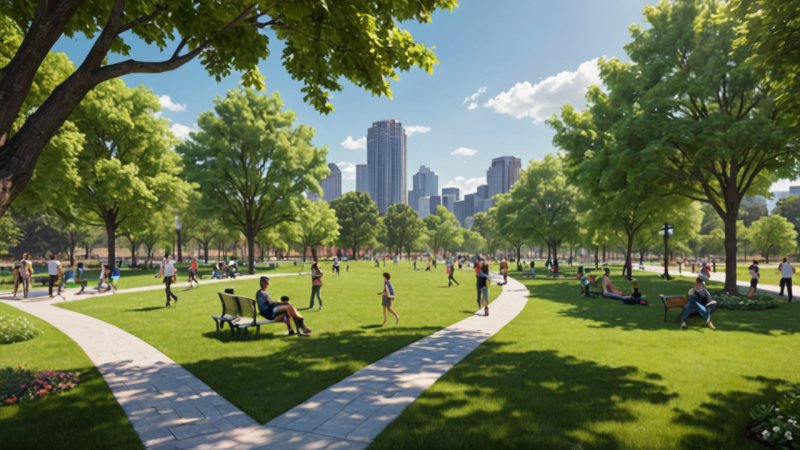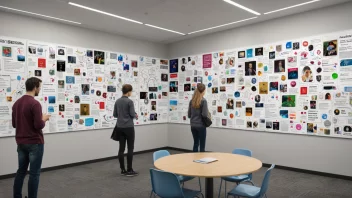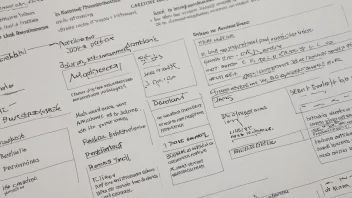The design of public spaces is a critical aspect of urban and rural planning, influencing social interaction, environmental health, and community engagement. As researchers delve into the dynamics of how people use and interact with these spaces, two distinct approaches have emerged: urban public space design and rural public space design. This article will compare these two approaches, highlighting their pros and cons, key research findings, and the implications for future public space initiatives.
Understanding Urban Public Space Design
Urban public spaces, such as parks, plazas, and streetscapes, are designed to accommodate a dense population and facilitate various social activities. Research in this area often focuses on how these spaces can promote social interaction, enhance public safety, and improve the overall quality of urban life.
Pros of Urban Public Space Design
- Social Connectivity: Urban public spaces serve as hubs for community interaction, fostering relationships among residents.
- Economic Benefits: Well-designed urban spaces can attract businesses and tourists, enhancing local economies.
- Environmental Sustainability: Incorporating green spaces in urban design can improve air quality and reduce heat islands.
Cons of Urban Public Space Design
- Overcrowding: High population density can lead to overcrowded public spaces, diminishing their usability.
- Maintenance Challenges: Urban areas often face issues with maintenance and funding for public spaces.
- Gentrification Risks: Improvements to public spaces can inadvertently lead to gentrification, displacing long-term residents.
Exploring Rural Public Space Design
In contrast, rural public spaces are characterized by their expansive landscapes and lower population density. Research in rural public space design often emphasizes the importance of accessibility, cultural heritage, and environmental conservation.
Pros of Rural Public Space Design
- Community Identity: Rural public spaces often reflect local culture and history, fostering community pride.
- Access to Nature: Rural areas typically offer greater access to natural landscapes, promoting outdoor activities and well-being.
- Lower Maintenance Costs: With fewer users, rural public spaces may incur lower maintenance costs compared to urban areas.
Cons of Rural Public Space Design
- Limited Resources: Rural areas may lack funding and resources for the development and maintenance of public spaces.
- Accessibility Issues: Public spaces may not be easily accessible for all residents, particularly those without transportation.
- Less Social Interaction: Lower population density can lead to fewer opportunities for social engagement in rural public spaces.
Key Research Findings
Recent studies have shed light on the various factors influencing public space design in both urban and rural contexts. For example, research by Gehl Architects emphasizes the importance of human-scale design in urban areas, advocating for spaces that prioritize pedestrian experiences. In contrast, studies by the Rural Design Institute highlight the role of local communities in shaping rural spaces, suggesting that participatory design processes can lead to more meaningful public spaces.
Implications for Future Public Space Initiatives
The differences between urban and rural public space design underscore the need for tailored approaches that consider the unique characteristics of each environment. Urban planners might focus on creating multi-functional spaces that accommodate diverse activities, while rural designers could emphasize preserving natural landscapes and cultural heritage.
Conclusion
In summary, both urban and rural public space designs offer valuable insights into how research can influence the creation of engaging and functional environments. While urban spaces prioritize connectivity and economic development, rural spaces emphasize community identity and access to nature. Moving forward, a balanced approach that incorporates the strengths of both designs could lead to more inclusive and sustainable public spaces that cater to the needs of all communities.






